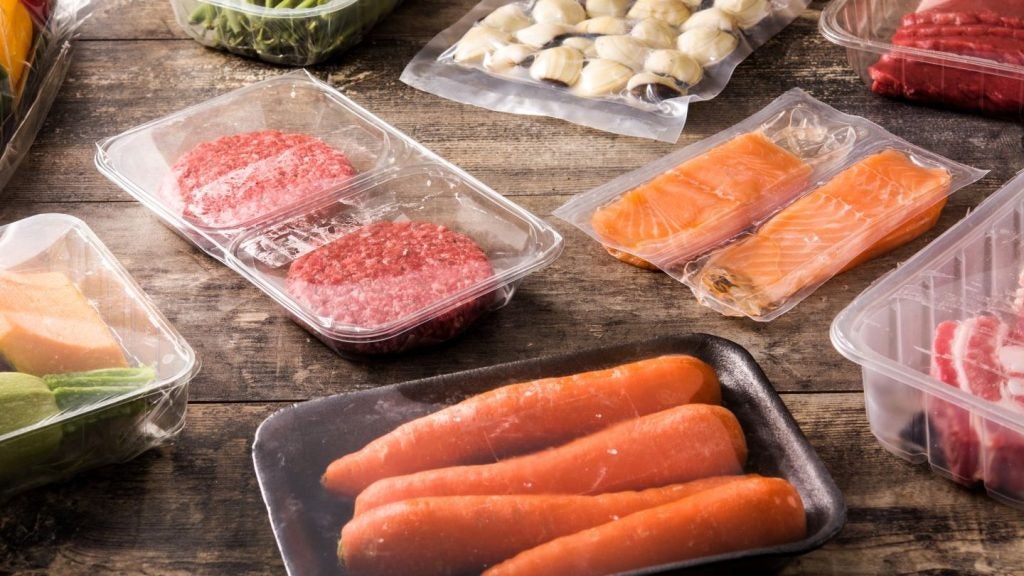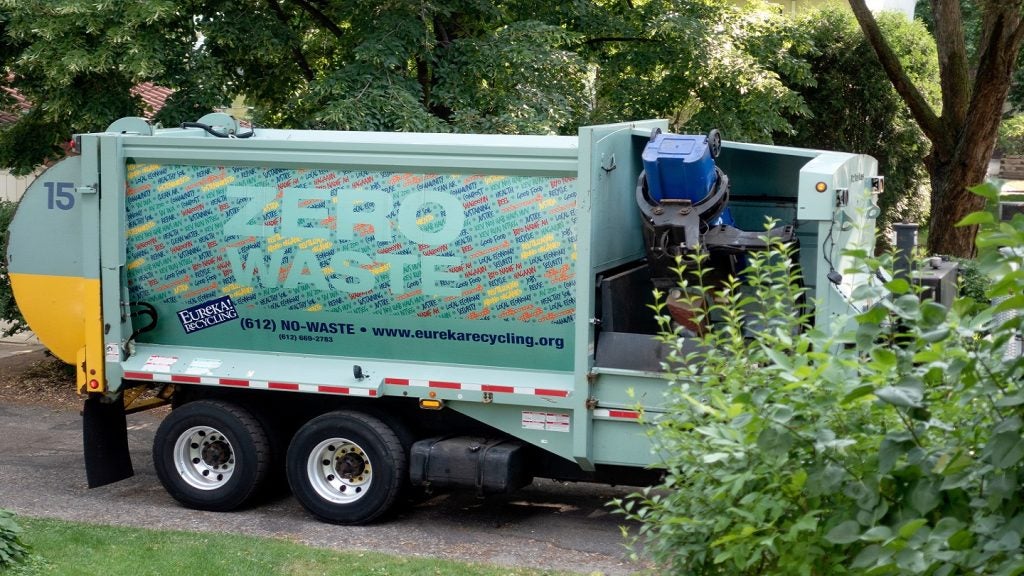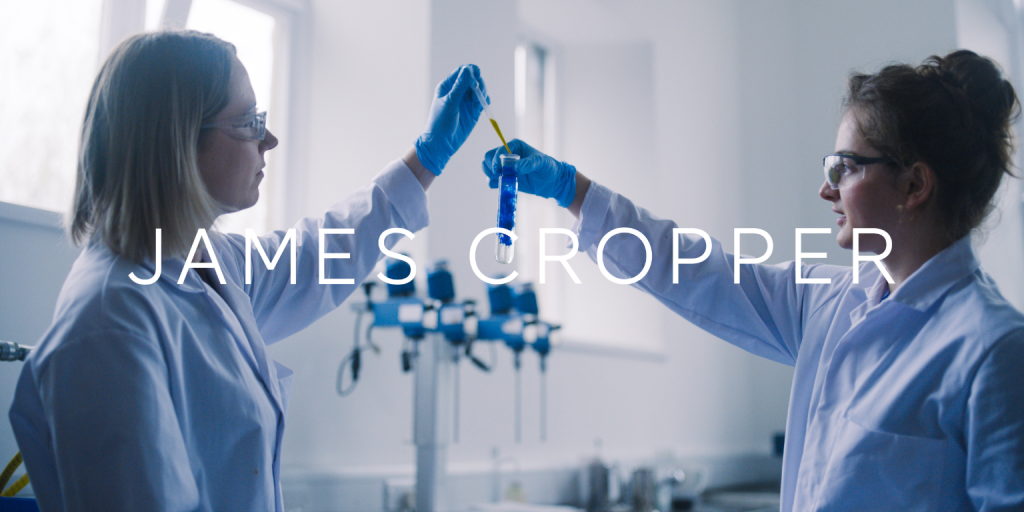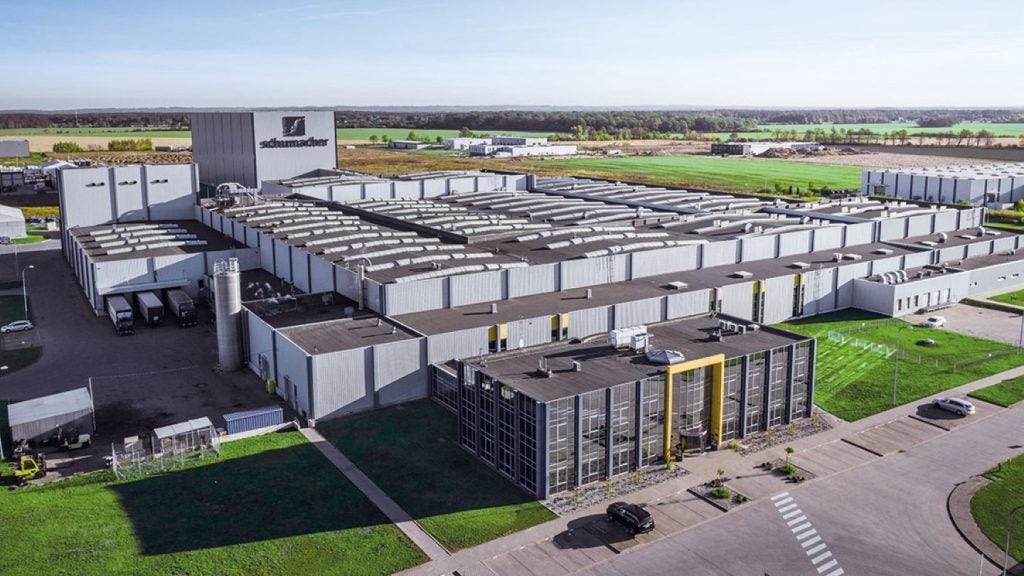The world of food packaging plays a critical role. It safeguards the quality and safety of our food, but packaging materials themselves can introduce unwanted chemicals.
To navigate this complexity, collaboration between scientists, regulators, and industry leaders is essential.
In this interview, Gitte Barknowitz, global market development manager for Food and Environmental at SCIEX, and Jack Steed, senior technical specialist at SCIEX, discuss how their company is working to ensure food packaging safety through advanced analytical technologies.
Beyond protection: a two-way street
Packaging shields food from external threats such as light, moisture, and bacteria. But it can also introduce contaminants.
"Packaging materials are not just containers for food products; they are a critical component in the food supply chain, playing the pivotal role of maintaining the quality and safety of our food," explain Barknowitz and Steed.
"However, the interaction between food and packaging materials is not a one-way street. Certain substances used in packaging materials can potentially migrate into the food they are meant to protect. This can alter the food's composition and, in some cases, pose health risks."
"Certain substances in packaging materials, like [per- and poly-fluoroalkyl substances] for water and grease resistance, are persistent in the environment and in the human body, meaning they don't break down and can accumulate over time, leading to potential health risks.”
Other potential contaminants include bisphenol A (BPA) and phthalates, linked to various health issues.
“BPA is known to have endocrine-disrupting properties, meaning it can interfere with the body's hormonal system. Exposure to BPA has been linked to a variety of health effects, including reproductive disorders, heart disease, and certain types of cancer,” said Barknowitz and Steed.
“Phthalates on the other hand, are a group of chemicals used to make plastics more flexible and harder to break. They can leach, especially into fatty foods, and have been linked to reproductive disorders.”
Understanding migration: a play of factors
The migration of chemicals from packaging to food depends on several factors.
Barknowitz and Steed elaborate on the factors influencing migration, including “the type of food, storage temperature, duration of contact, and the packaging material itself.”
“For example, fatty foods are known to attract more fat-soluble substances such as certain phthalates. Acidic foods or conditions can catalyse the degradation of polymers, resulting in the release of monomers and oligomers like ethylene glycol and terephthalic acid from polyethylene terephthalate [PET].
"Higher temperatures can also increase the rate of chemical migration. This is particularly relevant for foods that are heated in their packaging, such as microwave meals, because heat can cause the packaging material to break down, releasing chemicals such as PFAS into the food.
"The duration of contact between the food and the packaging material also plays a role.”
Collaboration for safer packaging
SCIEX fosters collaboration with research institutions, academia, and regulatory bodies.
By leveraging SCIEX's advanced analytical technologies, these partnerships aim to develop safer food packaging materials.
SCIEX's software solutions handle complex data, providing robust insights to guide the development of packaging that prioritises both food preservation and consumer safety.
Barknowitz and Steed comment on the company’s collaborative approach: "SCIEX actively collaborates with the scientific community including research organisations, academic labs, and regulatory bodies, to develop safer packaging materials. These collaborations involve using our advanced analytical technologies to detect and quantify potential contaminants.
SCIEX’s software solutions are designed to handle complexity and provide robust and reliable data. The insights gained from these analyses can guide the development of packaging materials that are not only effective in preserving food quality but also safer for consumers.”
Standardised testing and SCIEX's contribution
Standardised protocols exist for evaluating food packaging safety.
“These protocols typically involve the use of analytical techniques such as liquid chromatography and mass spectrometry [LC-MS] to identify and quantify potential contaminants,” said Barknowitz and Steed.
“LC-MS is a highly sensitive technique that can identify even trace amounts of contaminants that may have migrated from the packaging material into the food samples.”
SCIEX offers LC-MS methods specifically designed for food packaging testing, encompassing equipment, methodologies, training, and ongoing technical support.
This comprehensive approach ensures laboratories conduct these critical tests effectively.
“By providing solutions that meet the highest standards of accuracy and reliability, SCIEX helps laboratories ensure that the food packaging materials they test comply with all relevant regulations, thereby protecting consumers and facilitating trade.”
Staying ahead of the curve: identifying new contaminants
As the food packaging industry innovates with new materials, the potential for novel contaminants emerges.
SCIEX stays ahead by continuously exchanging information with stakeholders and developing new technologies. This allows it to identify new contaminants at an early stage, ensuring methods are ready for emerging threats.
For instance, SCIEX has developed a method to detect and quantify PFAS compounds in food contact materials.
Analytical techniques: unveiling the chemical landscape
SCIEX utilises LC-MS for extractable and leachable testing.
LC-MS separates a sample into its components and then quantifies them using tandem mass spectrometry.
Two dominant LC-MS technologies employed by SCIEX are QTRAP and QTOF.
QTRAP instruments excel in quantitation, offering additional screening capabilities. They combine defined quadrupole scans with full tandem mass spectrometry spectra of potential contaminants, providing a more complete workflow compared to traditional triple quadrupole systems.
QTOF systems, on the other hand, prioritise screening. They deliver detailed precursor and product ion spectra, aiding in the identification of potential compounds of interest.
Additionally, QTOFs can perform quantitation using MRMHR analysis.
SCIEX is at the forefront of food packaging safety, leveraging advanced mass spectrometry to protect consumers.
The company has developed a comprehensive and accurate library of E&L compounds specifically designed for food packaging analysis.
"These libraries provide added utility to the analysis with the inclusion of thousands of potential E&L compounds, giving a head start to make the analysis more efficient and faster," explain Barknowitz and Steed.
"In turn this means that the correct answer is achieved, and compounds of interest are not mis-assigned, improving the safety of the product."
By offering this valuable tool to the industry, SCIEX is empowering other food safety professionals to conduct more thorough and rapid testing, ultimately contributing to a safer food supply.
Safety and sustainability: a balancing act
The future of food packaging materials lies in developing solutions that are both safe and environmentally friendly.
There's a strong focus on creating materials free from substances of concern such as PFAS, which are linked to various health issues.
“The development of new materials that are free from harmful substances and are more environmentally friendly represents a significant drive in the field,” said Barknowitz and Steed.
“In terms of sustainability, there is a continued focus on improving the quality of biodegradable or recyclable packaging materials which, once disposed of, can break down naturally or be recycled into new products, thereby reducing waste and conserving resources.”
Ensuring the safety of our food supply
By fostering collaboration and developing innovative analytical tools, SCIEX plays a vital role in ensuring the safety of our food supply.
Its commitment to advancing food packaging analysis empowers stakeholders across the industry to make informed decisions that prioritise both consumer health and environmental responsibility.
As science sheds light on new potential contaminants, SCIEX remains at the forefront, developing methods to keep our food safe and the future of packaging sustainable.















